
In the smartphone field, Samsung’s Exynos and Huawei’s Kirin are also significant forces not to be ignored. Among them, Samsung’s Exynos is mainly used in its own Galaxy series phones, with a small portion allocated to Meizu; while Kirin is exclusively used in Huawei/Glory phones. In the tablet field, these two processors also adopt a closed policy.
Samsung: Gradually Moving Away from Tablet Processors
In terms of Android devices, the reputation of Samsung’s Exynos is no less than that of Qualcomm’s Snapdragon, and many domestic users hope to purchase Galaxy S series phones with Exynos processors. Unfortunately, no matter how good the reputation and performance of Exynos, it is difficult to stop its determination to move away from tablets.
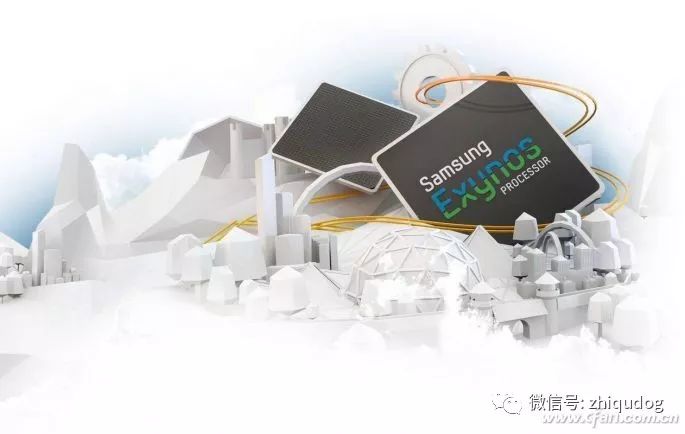
To put it simply, all new tablets released by Samsung since 2017 have “defected” to Qualcomm processors. The only Samsung tablets available on the market with Exynos processors are the Galaxy Tab S2 and Galaxy Tab A 2016, both of which were launched in 2015 and 2016, and today can be considered “semi-antique”.

The Galaxy Tab S2 is powered by the Exynos 5433, which is an octa-core processor from the same era as the Snapdragon 805. Unfortunately, from today’s perspective, the performance of Exynos 5433 is comparable to that of MediaTek MT8173, resulting in a less than ideal price-performance ratio for the Galaxy Tab S2 series. If you are fond of Samsung’s unique AMOLED screen and craftsmanship, the Galaxy Tab S3, which comes with the Snapdragon 820 processor and S Pen, may be more suitable for you.
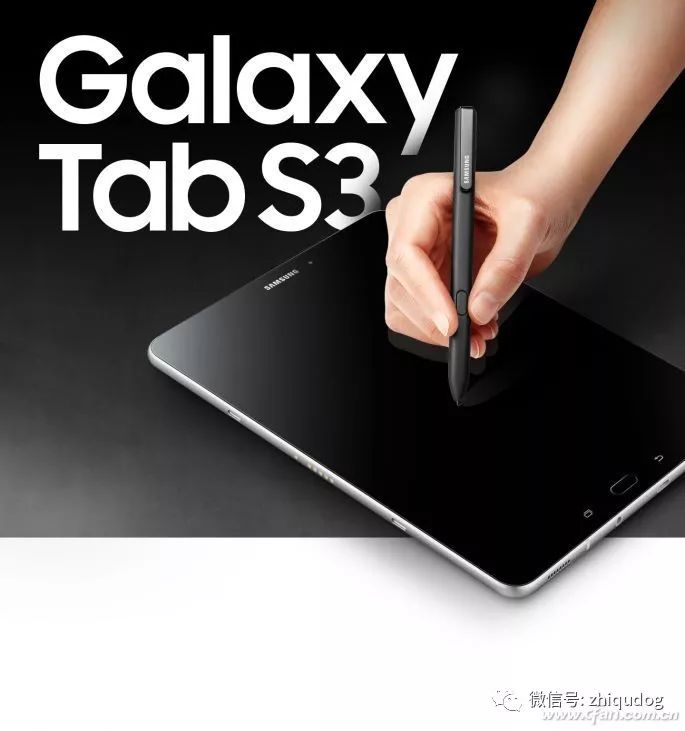
Now let’s look at the Galaxy Tab A 2016, which is a 10.1-inch tablet. It is equipped with the Exynos 7870 processor, which uses an octa-core Cortex-A53 architecture and integrates a Mali-T830MP2 GPU. Unfortunately, due to its low clock speed (1.7GHz), its overall performance is comparable to that of the Snapdragon 625, Helio P20, and Kirin 650 in the smartphone field, which is also not very ideal.

The yet-to-be-released Samsung Galaxy Tab S4, based on leaked information, will be equipped with the Snapdragon 835, which indicates that Samsung has really given up on Exynos in the tablet market.
Huawei: Gradually Increasing the Share of Its Own Processors
Huawei has adopted a “dual approach” strategy in the tablet field. In 2017, it successively launched the Huawei Tablet M3 Youth Edition and Honor Play Tablet 2, both equipped with Qualcomm Snapdragon processors, while also introducing the Honor Waterplay equipped with its own Kirin 659 chip, further enriching its product line.
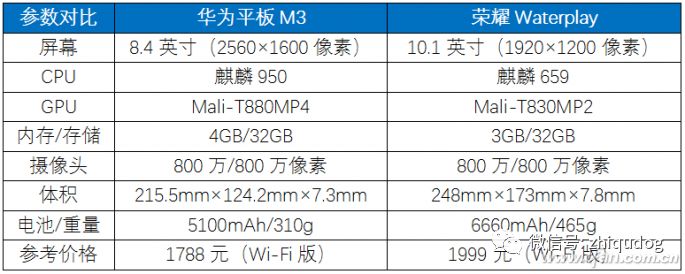
Speaking of Kirin 659, everyone should be familiar with it. Many full-screen phones launched by Huawei/Glory at the end of 2017 were equipped with this chip, which uses a 16nm process and a four-core Cortex-A53 (2.36GHz) + four-core Cortex-A53 (1.7GHz) design, integrating an ARM Mali T830MP2 GPU.
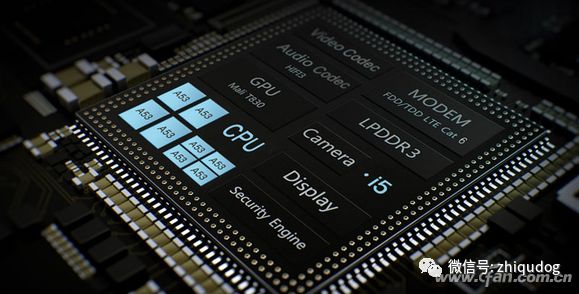
In terms of performance, Kirin 659 is not particularly strong, but the Honor Waterplay designed based on it is a highly recognizable new product. It introduces a rare IP67 water and dust resistance capability in tablets at the same price range, allowing us to enjoy playing near water with more peace of mind. Additionally, this product features four speaker units for “quad-channel” sound output.
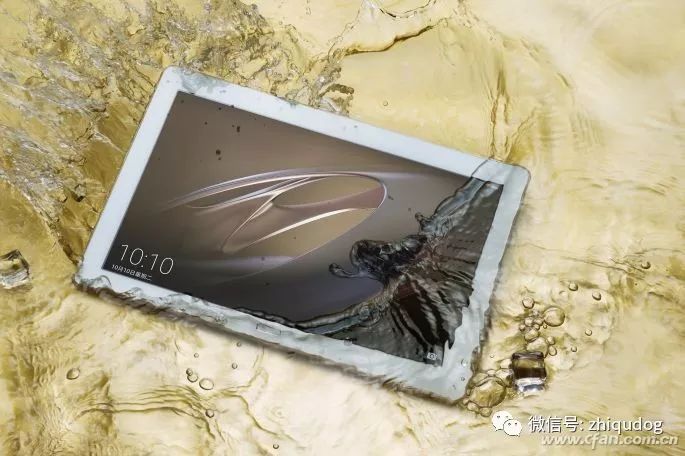
As for the Huawei Tablet M3, launched in 2016, it is powered by the Kirin 950 processor released alongside the Mate 8 at the end of 2015, which is still adequate by today’s standards. Unfortunately, throughout 2017, we did not see any new products in the M series, which completely isolated Huawei tablets from the high-end market.
On a positive note, at the recently concluded MWC 2018, Huawei finally launched the MediaPad M5 series tablets, which include three versions: M5 8.4-inch, M5 10.8-inch, and M5 Pro. This new series features a four-curved thin metal integrated body design and for the first time uses 2.5D curved glass on tablets, making it more comfortable to hold, along with a U-shaped antenna design and nano-injection molding technology. Their biggest feature is that they are armed with the Kirin 960 processor, which was first launched in the industry with the Cortex-A73 architecture and integrates the Mali-G71MP8 GPU, making it a flagship-level performer by today’s standards.
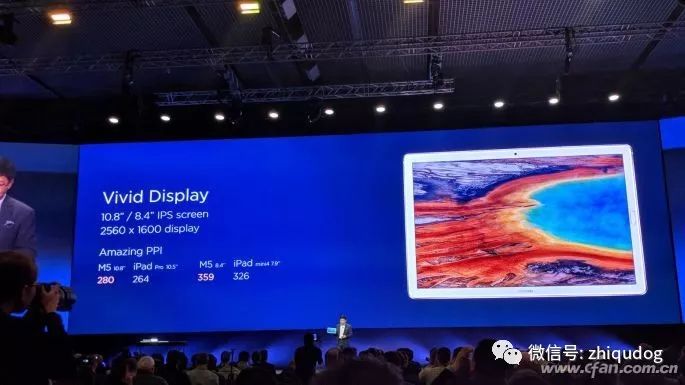
Thus, in 2018, Huawei finally introduced a relatively powerful new tablet at around the 2000 yuan price point, but it is only strong in terms of performance. It is worth noting that the Kirin 970 is Huawei’s killer processor, but its production capacity will be entirely reserved for a series of new phones like the Huawei P20 and Honor 10.
Rockchip & Allwinner: Gradually Losing Their Voices as Former Nobles
Before 2014, the chip supply for domestic Android tablets was almost entirely controlled by Rockchip, Allwinner, and Amlogic. Now, when we mention Amlogic, we can only see its presence in the TV box or smart TV field, while tablets based on Rockchip and Allwinner processors are gradually falling into a marginalized position.
Allwinner: Gaining Presence in the Low-End Market
Allwinner may be nearly silent in the tablet field, but it is thriving in the field of artificial intelligence voice interaction (smart speakers). Back to the topic, Allwinner currently has very few customized processors for tablets, and counting, only A63 and A64 are still on the table.
It is worth noting that although A64 appears to have a higher number, its positioning is lower, being used in many products priced at 399 yuan or lower. This is a quad-core Cortex-A53 architecture processor, integrating a Mali-400MP2 GPU, with extremely “meager” performance.
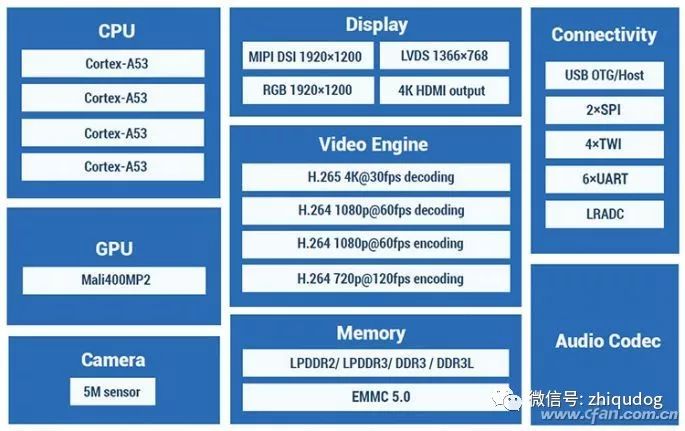
The other A63 is also a quad-core Cortex-A53 architecture processor, but its GPU has been upgraded to the Mali-T760MP2, and with a maximum clock speed of 1.8GHz, its performance barely passes. Currently, the representative product equipped with Allwinner A64 is the Onda V18 Pro, which uses a 10.1-inch 2560×1600 pixel screen, has 3GB of memory and 32GB of storage, priced at 799 yuan.
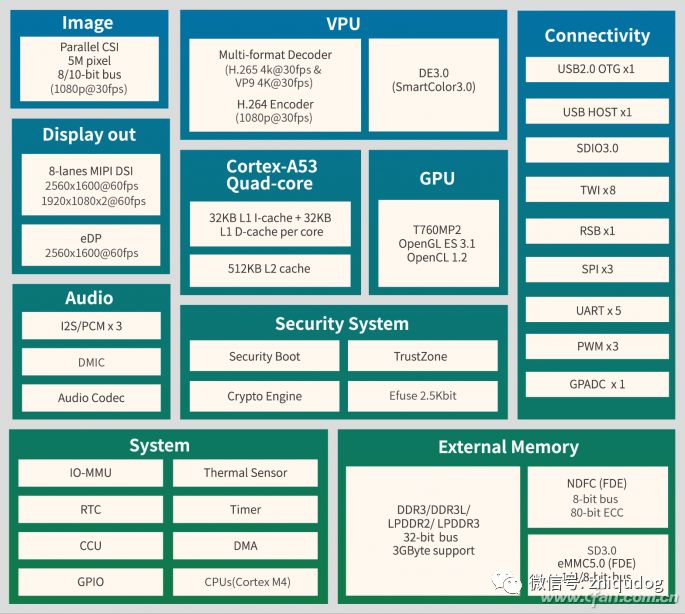
Rockchip: Lacking an Opportunity to Showcase Its Performance
Currently, Rockchip’s main processor in the tablet field is the RK3368-H, which is an octa-core Cortex-A53 architecture chip (1.5GHz) made with a 28nm process and integrates a PowerVR G6110 GPU. Its score in the AnTuTu V6.0 test is less than 40,000, and its performance is not particularly ideal. The Teclast P10 is a representative product equipped with the RK3368-H, which features a 10.1-inch 1920×1200 pixel screen, 2GB of memory, and 32GB of storage, priced at 699 yuan.
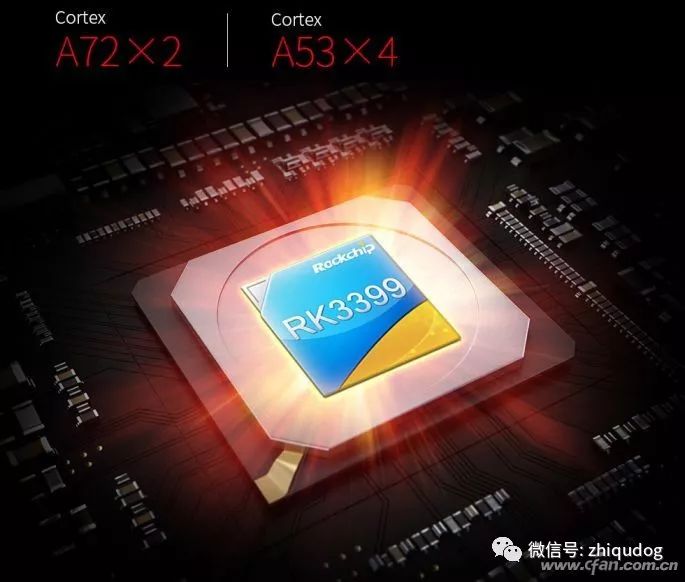
In fact, Rockchip has a chip that can rival MediaTek MT8176, which is the RK3399. It consists of two Cortex-A72 (2.0GHz) and four Cortex-A53 (1.5GHz) in a six-core processor and integrates a Mali-T860MP4. In the AnTuTu V6 test, it can score over 80,000, easily handling popular 3D games.
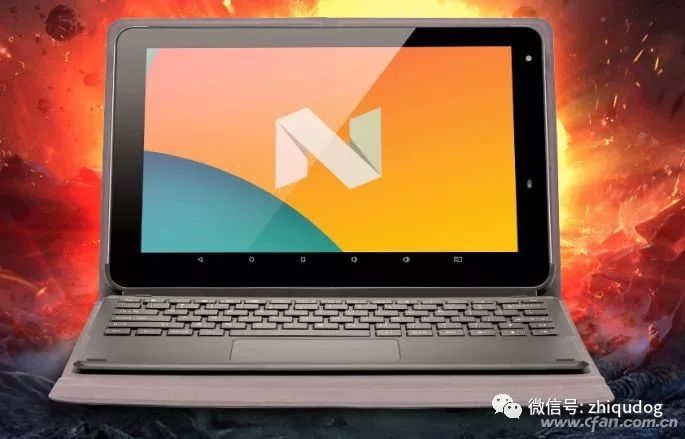
Unfortunately, although the Rockchip RK3399 was released as early as April 2016, to date, only one product, the Pinbo P10, has ever been equipped with this processor. This product features a 10.1-inch 2560×1600 pixel screen, has 2GB of memory and 32GB of storage, pre-installed with Android 7.1 + Phoenix dual system, and is currently priced at around 999 yuan, which is relatively cost-effective.
Conclusion
After several days of reporting, I believe everyone has gained a certain understanding of the “heart” of Android tablets. When not considering brand factors, for products with similar configurations, a stronger “heart” can provide a smoother application experience. Therefore, understanding how to “diagnose” the heart is the first step in purchasing a tablet. Looking at the various “hearts” of current Android tablets, the most worthwhile choice in the thousand-yuan level products is the MediaTek MT817x series, while features such as all-metal craftsmanship, fingerprint recognition, and stereo sound effects can be considered as added bonuses. As for lower or higher-priced products, it is necessary to filter based on your actual budget and performance expectations.